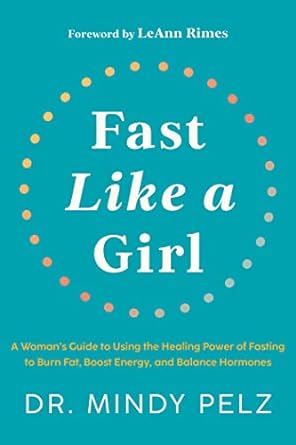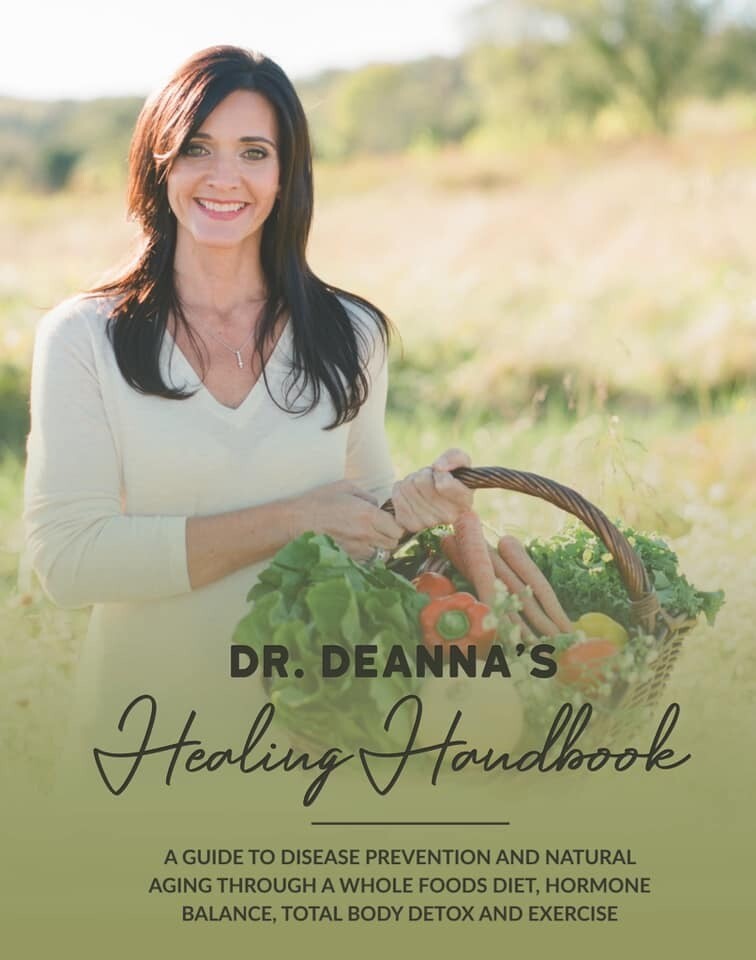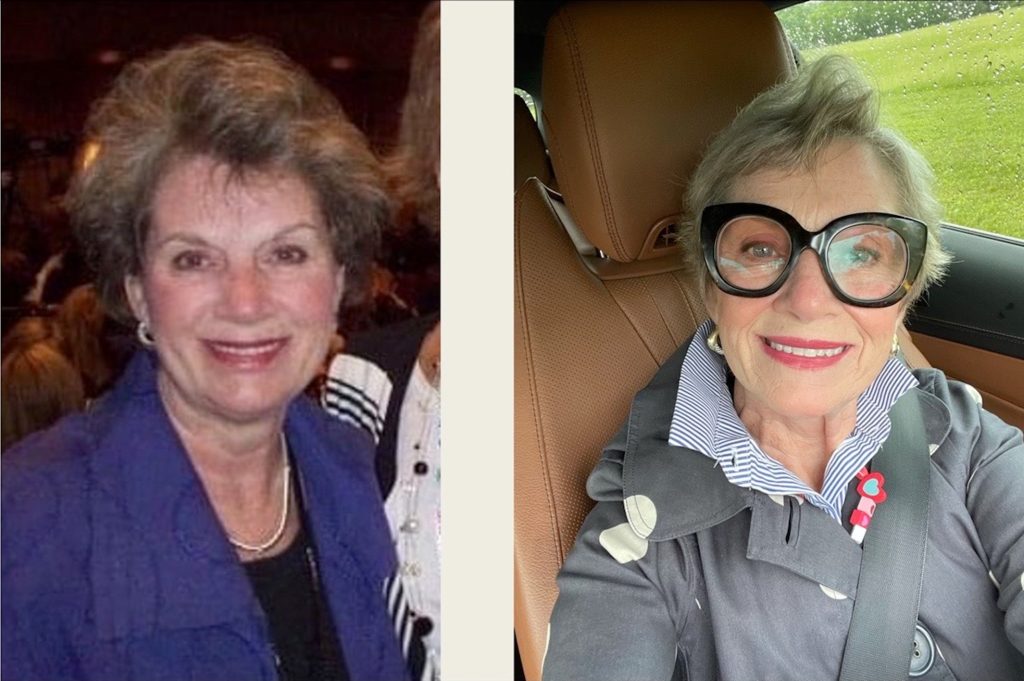Not Allowed List
Since 1980, Arbonne has led the clean beauty movement, creating vegan skincare, nutrition, and cosmetics that prioritize transparency and innovation. Petter Morck, Arbonne’s founder imagined a world where skincare and nutrition products are not just safe but revolutionary, crafted with good health in mind. Today that’s the vision behind the Not Allowed List™ that bans over 2,000 ingredients, surpassing the European Union’s 1,400 restricted substances and the FDA’s limits.
The list tackles environmental and health toxins head-on. Phthalates (e.g., DBP, DEHP), benzophenones (e.g., oxybenzone), and sunscreens like octocrylene, linked to endocrine disruption or skin risks, are out. Microplastics, nanoparticles under 100 nanometers, and heavy metals like mercury compounds are banned to protect your body and the environment. Ingredients like PEGs, sodium lauryl sulfate, and talc, known irritants, are also skin safety. Questionable ingredients like BHA, BHT, retinyl palmitate, carrageenan, and titanium dioxide—linked to carcinogenicity or emerging safety concerns—are prohibited, reflecting Arbonne’s proactive approach.
·Animal and insect products like beeswax, honey, gelatin, lanolin, and silk are banned. This vegan, cruelty-free stance, certified by PETA, eliminates allergens and ethical concerns, ensuring
purity.
·Artificial additives—artificial colors, flavors, sweeteners, fragrances, and monosodium glutamate—are excluded to avoid health risks like allergies or metabolic issues, favoring natural alternatives for clean formulations. Sugar alcohols like erythritol, sorbitol, and maltitol are also prohibited, likely to prevent digestive discomfort, enhancing product tolerability.
·Allergens such as soy, tree nuts (except refined coconut oil), gluten, and pollen are off-limits to minimize reactions, making products accessible to sensitive users.
· Hormonal and steroidal compounds like testosterone, DHEA, and SARMs are banned to prevent endocrine imbalances, while controlled substances like THC and MDMA ensure no legal or neurological risks.
How does the Not Allowed List make Arbonne’s skincare and nutrition cutting-edge? Arbonne pushes boundaries by anticipating safety trends before regulators act. Arbonne acts to craft formulas with innovative, skin-friendly ingredients like niacinamide and resveratrol.
·Nutrition supports metabolic health, avoids high fructose corn syrup, gluten, and soy creates protein shakes are supercharged with a complete amino acid built on pea protein and 24 vitamins.
For safety, Arbonne exceeds global standards. Rigorous testing iconducted n Arbonne’s California R&D lab, there are third-party audits, and certifications (vegan, cruelty-free, gluten-free) making Arbonne’s Not Allowed List of over 2,000 ingredients not just a safety net, but a bold step into the future of skincare and nutrition.
By banning harmful substances and embracing innovative alternatives, Arbonne empowers you to thrive.
Visit Arbonne’s website to explore the list and discover cutting-edge wellness. www.arbonne.com
Recommended Reading


MAINTAINING-LOW-INSULIN-9-29-21.docxDownload
Podcasts & Videos
Before and After – The Arbonne Difference


Look to avoid the following ingredients in personal care products:
MINERAL OIL: also known as Propylene Glycol (mineral oil has nearly 20+ different names) and forms the medium for 90 percent of the personal care products in US. According to Dr John Lee, mineral oil is a false estrogen and should be avoided.
PARABENS: A group of synthetic chemicals used to preserve cosmetics and skin care. Avoid them because they are hormone disruptors and the body reads them as estrogen.
PHTHALATES: are plastics found in cosmetics and skin care- when absorbed into the body they mimic or block female or male hormones and in particular suppress hormones involved in male sexual development phthalates also cross the placenta.
ALUMINUM: a metal. It is often used in deodorants or anti-persperant ( stops you from sweating ) but also goes into your pores and in the armpit area where the lymphatic system is very active.
FRAGRANCE OR PERFUME: Unregulated and generally synthetic in nature, touching skin, then going into the pores. Fragrance is often used to cover up smell. Can cause allergic reactions, and have neurological effects.
DYE: adds color to cosmetics and skin care ( also food ) you want to avoid them because they are usually laden with Synthetic chemicals which again get absorbed into the skin. Often also irritating to your gut.
GLUTEN: a protein found in many grains, including wheat, barley and rye. Common in foods like bread, pasta, pizza, cereal. It is also found in cosmetics, and even shampoo. Gluten has no essential nutrients and severely irritates the lining of the gut. If someone has Celiac then Gluten is a strong irritant and can lead to all sorts of issues.
Interested in being healthier?
Take the “Health and Well Being Quiz” by clicking here!
We invite YOU to Make a Mind Shift!
“Carb Dodging” and Intermittent Fasting (IF) optimizes your health. For the first 14 to 30 days on the Healthy Habits for Life program, a marvelous detox takes place from sugars, additives, and excessive carbs. Now consider counting carbs and not just calories. Call it Carb dodging and cycling limit carbs but then add intermittent fasting or stretching the length of time between eating to help optimize detoxing and weight loss results. Here are a few easy steps to get started:
- Limit your carb intake to 20 grams a day. (Google to find food carb counts)
- Cut out sugars and grains (where most carbs are found).
- Stop eating after your last meal of the day for at least 12 hours.
- Gradually open up the fasting window after dinner to 18 hours and begin having 2 meals a day.
One meal can be easy and very nutritious:
- 1 protein shake (rich in absorbable vitamins and minerals) add fats (avocado or coconut oil?) instead of fruit.
- BeWell Superfood Greens
- Gut Health Digestion & Microbiome Support; Add, if you like:
- 1-2 fizz sticks rich in B Vitamins and Detox Tea
- Then 1 clean green meal (See suggested recipes)
Why Carb Dodge?
Carb dodging limits carb intake to 20 grams daily. By limiting sugars and grain the body switches to its fat burning “engine” for fuel instead of defaulting to its sugar burning “engine.” It is a mind shift! Carb dodging relies more on carb counting, and less on calorie counting. Fats, as it turns out, are good and don’t have to be avoided.
What is Intermittent Fasting?
Intermittent fasting refers to the deliberate abstention from food for a certain period of time. This is already happening when you stop eating in the evening and do not eat anything until the following morning, thus the term “breakfast” is the meal that breaks the fast, done daily.
Dr. Mindy Pelz also wrote Fast Like a Girl teaching how to carb dodge and carb cycle. Due to hormone cycles, women manage weight loss and fasting differently. Take a look at her on YouTube, or read her guide on intermittent fasting.
What happens to your body when you fast?
After the work of digestion, when your body is not consuming food, it can begin to restore! The body will draw first on glucose or sugar stores for fuel, but once these sugar stores are used up, the body shifts to fats for energy. The body begins producing ketones for energy or it is said to be in the state of “ketosis”. When this happens many of the benefits of fasting begin kick in.
According to Dr. Pelz, “growth hormones kick in at 13 hours without eating and “autophagy” kicks in at 16-18 hours. MIT research shows that at 24 hours intestinal stem cells will begin repair and 24 hours is also when you start to see weight loss.” Because fasting promotes healing at the cellular level, it can even provide significant health benefits for many health issues, symptoms, and conditions.
Remember if you were dependent upon sugars and grains, you may find eating these foods again challenging to refrain firing up your sugar-burning dependencies.
